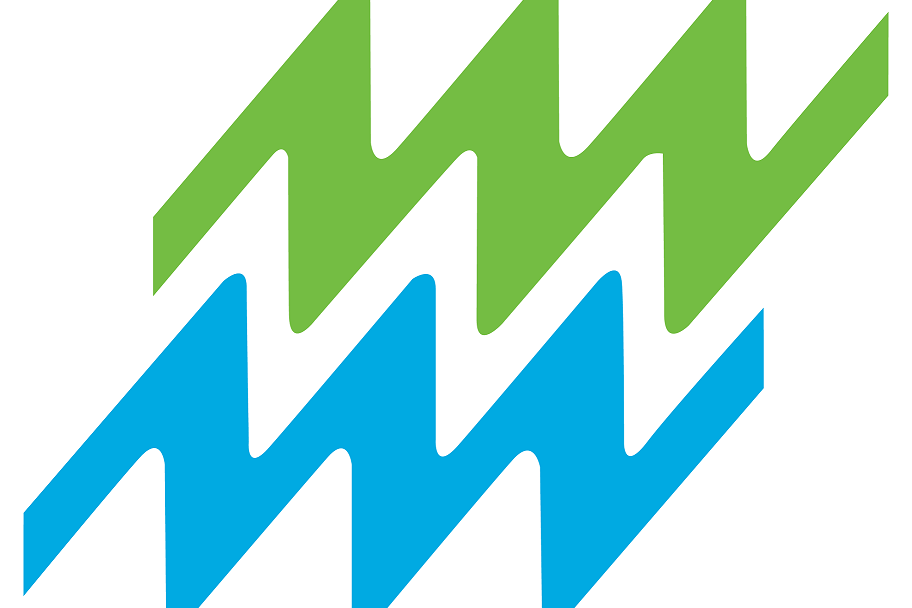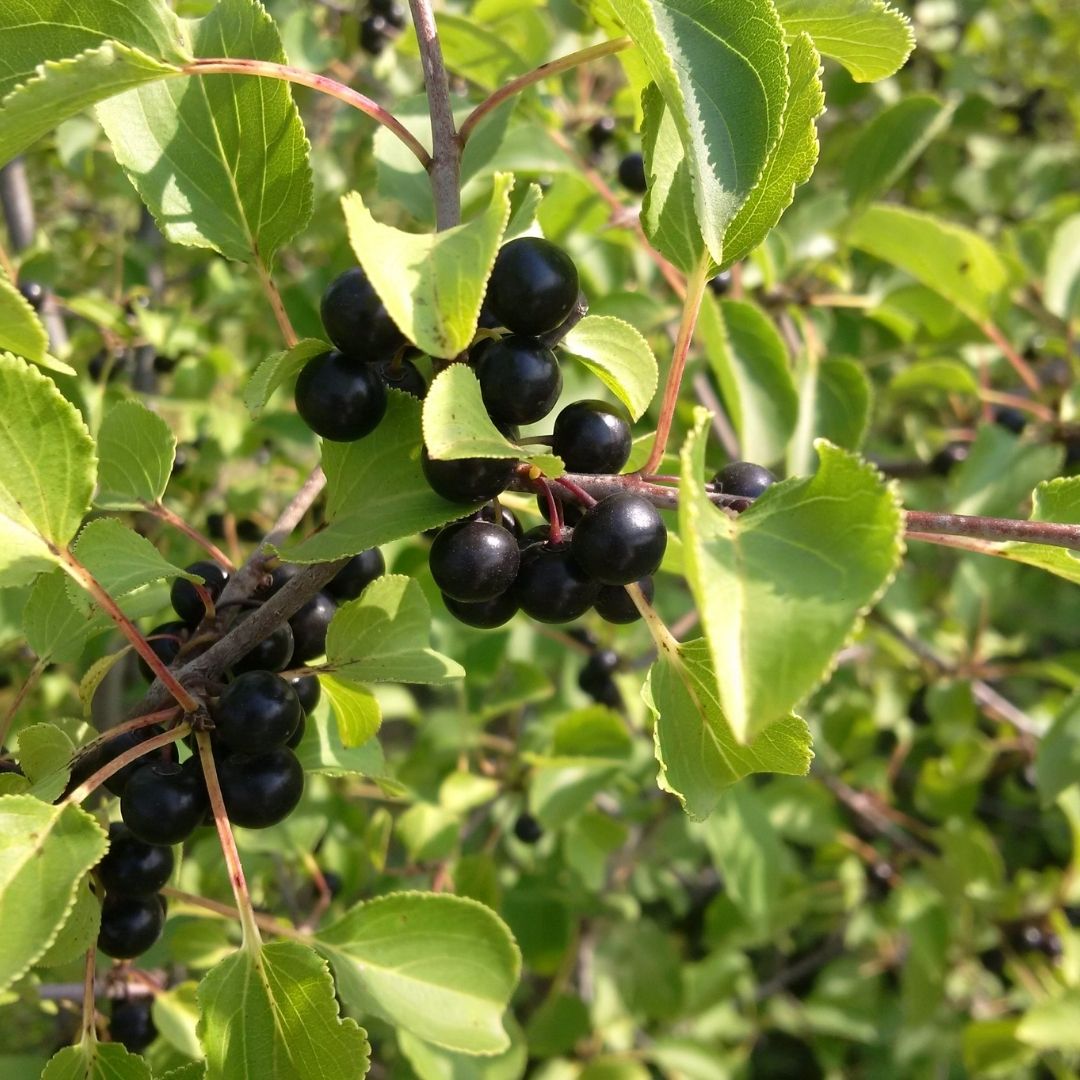Invasive species on the Prairies take a number of forms, including insects, animals, and plant life. And each one of them does damage in their own unique way, primarily by pushing native species out of the environment. That has certainly been the case with European Buckthorn.
Known by many names such as Common Buckthorn or Purging Buckthorn, people in Saskatchewan know this devilish bush primarily as European Buckthorn. We’re most familiar with it as an ornamental plant but it can be devastating to natural Prairie landscapes.
How did the European Buckthorn end up here?
As the name suggests, you can primarily find this plant across most of Europe. But it’s also native to both western Asia and northwest Africa. It actually calls a large portion of the planet home, likely the impacts were not understood when moving it here. .

During the course of European colonization efforts, familiar plants were brought by settlers to North America. The earliest indications of European Buckthorn being established in this part of the world was in the 1800s, though it may have been even earlier than that.
It started as an ornamental plant in parts of the United States and primarily in Ontario. Thanks to birds eating the berries and transporting the seeds, it spread quickly and became part of the scenery quite unintentionally. Now, it can be found across the continent.
What’s the problem with European Buckthorn?
Like many invasive species, there’s nothing natural in the environment to keep European Buckthorn under control. The seeds and leaves are poisonous to pretty much everything but birds who only eat the berries, meaning nothing here is really eating the plants.
On top of that, it’s a particularly hearty species that grows quickly, taking over the environment from native species that
wildlife use for food, shelter, and more. The negative impacts on any area it appears in are apparent and can become drastic in a short period of time.
What can we do about European Buckthorn?

That’s a tough one. This is a plant that sprouts quickly, distributes a lot of seeds, and the cycle repeats itself. A lot of people try cutting it off at the roots, then use herbicides to kill it off. That can be an effective strategy in some cases.
If you want to avoid using herbicides, the best thing to do is get your hands dirty and dig it out of the ground, roots and all. Then, repeat the process whenever you spot new growth from seeds. It’s not exactly high tech but it gets the job done.
Meewasin periodically conducts volunteer sessions on the lands we manage to help remove European Buckthorn from the ecosystem and we’d love your help. Just remember to always wear gloves when handling this species, do not eat the berries, and stay off of private property.
If you have any questions about European Buckthorn or any other invasive species, please contact Meewasin at (306) 665-6887 or meewasin@meewasin.com.




